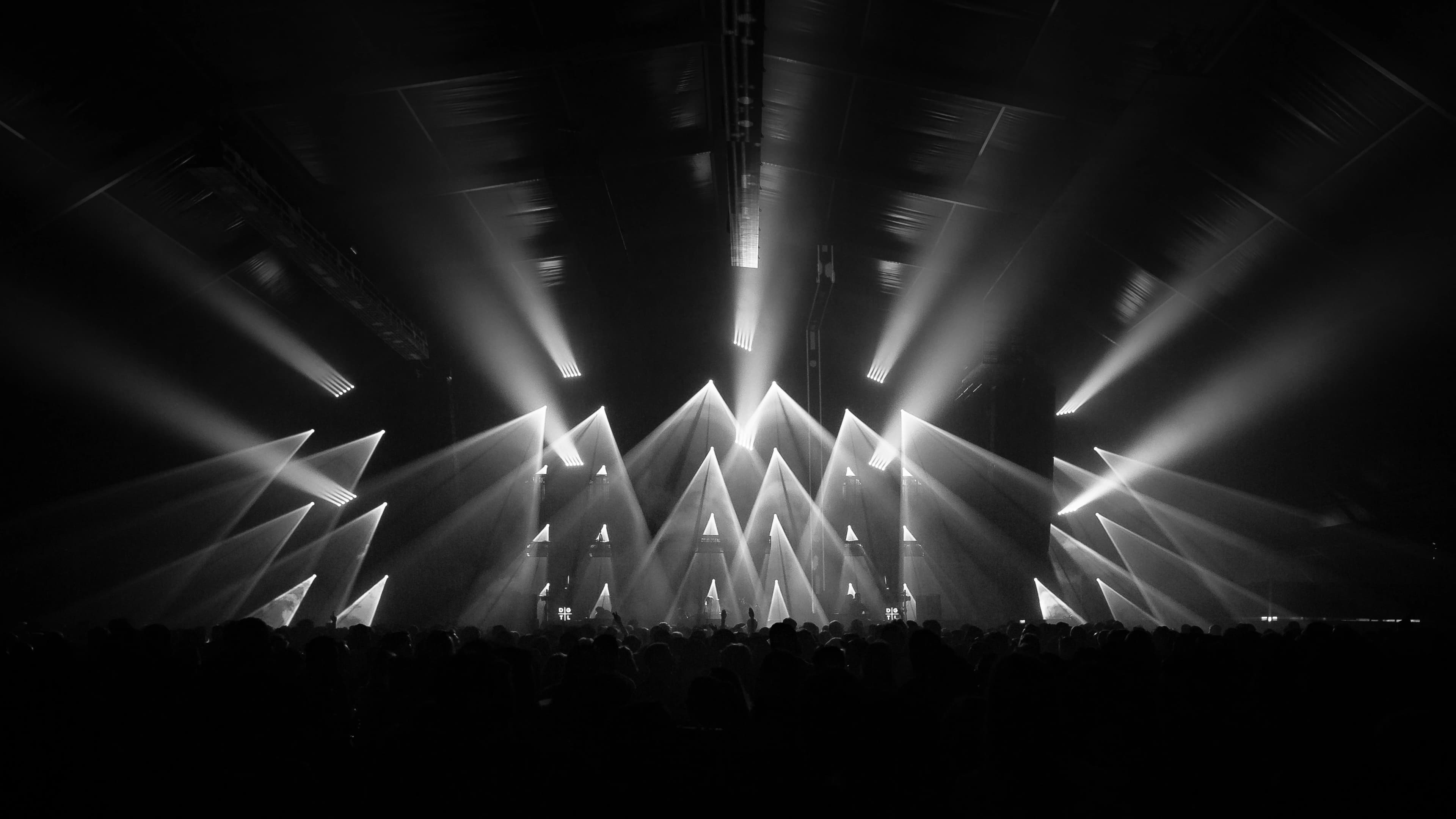

Traditional Japanese Arts Tickets
Up to 30% Off Compared to Competitors.
Location: Select Location (e.g, New York)
Events Nearby
We're Sorry. There are currently no events near you.
About Traditional Japanese Arts
In contemporary times, traditional Japanese arts are experiencing a renaissance, with performances being showcased in various venues, both domestically and internationally. Concerts featuring Noh and Kabuki are frequently held in major cities like Tokyo and Kyoto, presenting traditional works while also experimenting with modern interpretations. For instance, the National Noh Theatre and Shinbashi Enbujō host regular shows that attract both local and international audiences. Additionally, international festivals, such as the Edinburgh Festival Fringe, have embraced these forms, offering a platform for artists to connect with global audiences. A significant recent event is the collaboration between contemporary artists and traditional performers, where cutting-edge technology and visual arts enhance the live experience. This fusion creates a compelling bridge between the past and modernity. Furthermore, the ongoing efforts to preserve and promote these arts through workshops and educational programs have sustained interest among younger generations, reinforcing Japan's cultural legacy in the realm of live performance.
Traditional Japanese Arts History
Traditional Japanese arts have a rich and varied history that dates back thousands of years. The most distinguished forms include Noh, Kabuki, and Geisha performances, each contributing to a diverse tapestry of Japanese culture. Noh, originating in the 14th century, blends drama with music and intricate movements. It relies heavily on masks and employs minimalistic staging, bringing deep emotional resonance to its performances. Kabuki emerged later in the 17th century, known for its vibrant costumes, dynamic acting, and elaborate makeup. Unlike Noh, which is often solemn, Kabuki offers lively narratives, featuring battles and historical tales that engage audiences. Meanwhile, Geisha performances incorporate traditional music and dance, showcasing skills honed through rigorous training. These art forms often came together in the Edo period, fostering a culture of performance that captivated both nobility and common folk alike. Festivals across Japan displayed these arts, reflecting community identity and shared heritage. Over the centuries, traditional Japanese performances became beloved not just in Japan but also among global audiences, contributing to the country's status as a cultural beacon.
